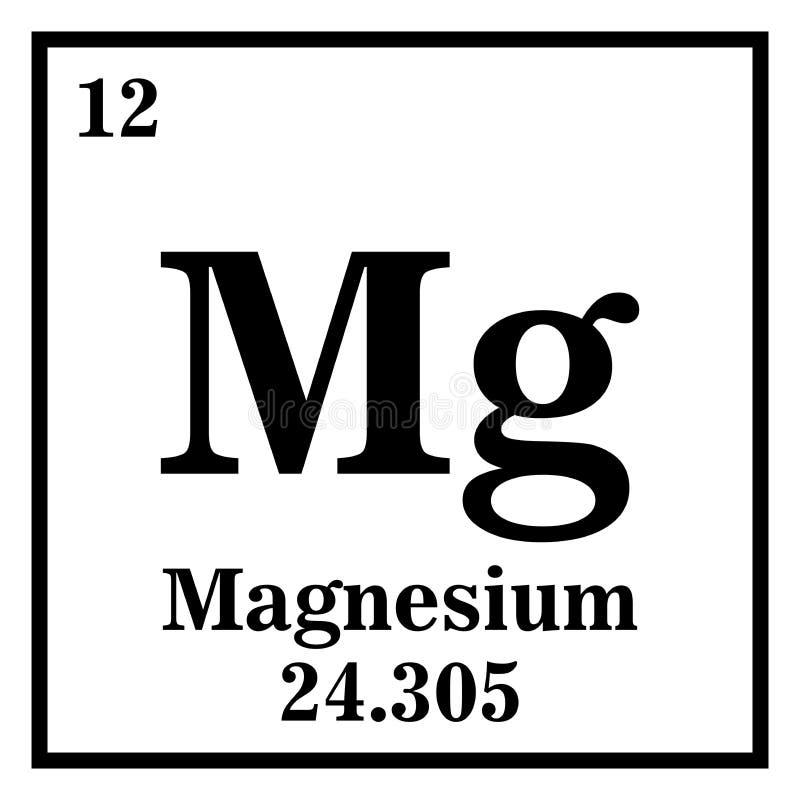

This allows electrons to zip around an external circuit and do work for us. Magnesium ions are shuttled between a negative anode (typically made of magnesium metal) and a positive cathode, made of a metal-oxide material. Q: How do magnesium-ion batteries work?Ī: In principle, magnesium-ion batteries function very similarly to current lithium-ion batteries. Magnesium is also much more abundant than lithium, which can help enable better supply chains. Q: What makes magnesium-ion batteries different from lithium-ion?Ī: The theoretical energy density is at least comparable to lithium-ion batteries, and there is the potential to realize a higher energy density than lithium because there are double the electrons for every individual magnesium ion, compared to lithium. Magnesium batteries are potentially advantageous because they have a more robust supply chain and are more sustainable to engineer, and raw material costs may be less than state-of-the-art lithium-ion batteries. Q: What are magnesium-ion’s advantages?Ī: Magnesium batteries are a promising energy storage chemistry. Moving beyond lithium-ion batteries to lower cost, more sustainable and higher performance batteries will improve our energy storage options. First, the sustainability impacts and limited availability of elements such as cobalt limit their scalability second, expanding energy storage to long-haul trucks, rail, marine and aviation will require higher energy densities than lithium-ion can provide. Q: What sorts of challenges can magnesium-ion batteries potentially overcome?Ī: In the transportation sector, lithium-ion batteries that are currently found in personal vehicles face two challenges. As battery researchers, we need to develop different kinds of batteries for a diversity of applications, allowing markets to select appropriate technologies and enabling better materials supply chains that can today constrain scaleup and lead to higher costs. However, as the energy storage landscape continues to evolve into other applications and energy sectors - particularly in terms of decarbonizing our future - energy storage will face new technical and cost challenges that will require us to find cheaper batteries, better supply chains, faster charging rates, discharge over longer periods, improved safety and longer lifetimes. Q: Why do we need to look beyond lithium-ion batteries?Ī: Lithium-ion batteries meet the needs of many of society’s applications today for personal electronics and electric vehicles.


In his view, magnesium-ion batteries could one day play a major role in powering our future. One potential promising element that could form the basis of new batteries is magnesium.Īrgonne chemist Brian Ingram is dedicated to pursuing magnesium-ion battery research. Although lithium-ion batteries currently power our cell phones, laptops and electric vehicles, scientists are on the hunt for new battery chemistries that could offer increased energy, greater stability and longer lifetimes.


 0 kommentar(er)
0 kommentar(er)
